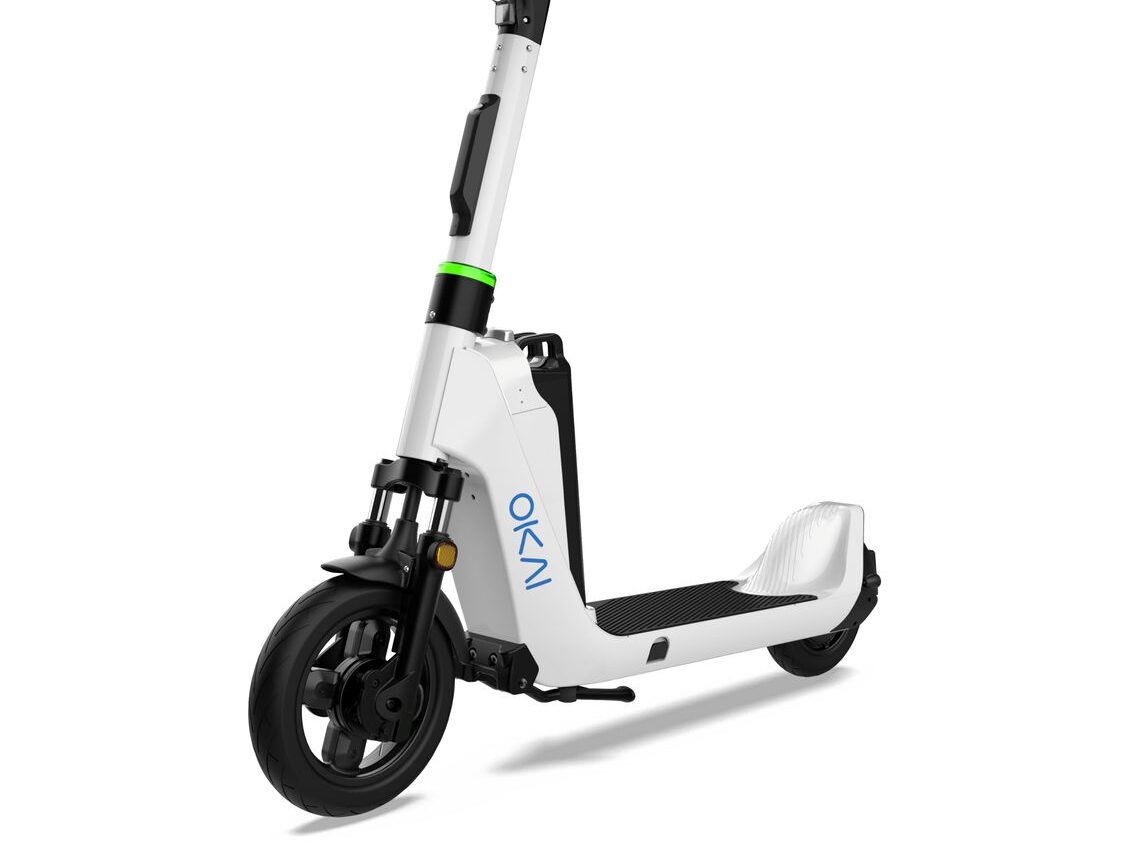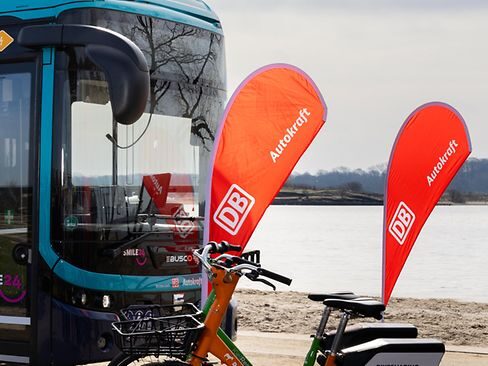The shared mobility industry has seen immense growth within the past few years, and shared micromobility vehicles, such as shared bikes, are no exception.
Various reports on the shared mobility market have emphasized that revenue from bike-sharing is projected to continue rising, with the sector expected to reach US$12.68 billion by 2027.

Data and statistics speak for themselves – the bike-sharing market’s future is bright and shiny. But are there any disadvantages to bike-sharing? And what are the biggest benefits of this micromobility type? Read this article to find out.
What is Bike-sharing?
Before we discuss the pros and cons of bike-sharing, let’s define what this term actually means.
Also known as bike rental or public bicycle sharing, bike-sharing is a system where individuals can use bikes on a short-term basis. Bikes that are available for sharing are commonly placed in designated areas or docking stations, mainly in urban environments. Bike-sharers rent and return the micromobility vehicles for a certain fee, depending on the bike-sharing service provider.
An equally important part of the bike-sharing system are the various mobile applications and payment systems that enable users to grab a shared bike when needed and conveniently pay for the service.
As you can likely guess, bike-sharing is primarily an urban phenomenon. It has become one of the key components of sustainable transportation strategies in cities around the world. Plus, it’s convenient, cool, and… well, continue reading for more pros.
Advantages of Bike-sharing
Besides making urban areas look hip, bike-sharing systems have a bunch of advantages that range from user convenience to sustainability and beyond.
1. It Benefits the Environment
Those who care about sustainability have all the reasons to love bike-sharing. It provides an alternative mode of transportation that is also environmentally friendly. Access to bike-sharing helps make greener choices (read – drive cars less often), which helps reduce air pollution and carbon emissions. Moreover, riding a bike for a short trip around the city is an amazing way to reduce your personal carbon footprint.
2. It Helps Reduce Traffic Congestion
Traffic congestion is a common issue in many cities and urban areas. Bike-sharing systems can significantly help deal with this problem, as they provide a convenient way to complete short trips around the city. Biking instead of driving a car, taking public transport, or paying for a taxi during rush hours also shortens the time spent on the road and improves the traffic flow overall.
3. It Promotes Public Health
Cycling is not only a convenient way to get around but also benefits one’s health. Just think about it – you’re commuting while getting some exercise at the same time. How cool is that? Well-built bike-sharing systems such as Tretty can encourage people to bike more often, contributing to overall public health as a result.
4. It’s Cost-effective
And cost-effective not only for bike-sharers but also for micromobility service providers. The growing demand for shared micromobility vehicles, bikes included, clearly shows that it’s a profitable niche. Plus, today, there are plenty of ways to start your bike-sharing business quickly and easily. For example, with ATOM Mobility, you can launch a bike-sharing platform in 20 days. We offer a fully customizable white-label solution for all kinds of sharing businesses. You’ll love it, and your bike-sharers will, too.
5. It’s A Scalable Micromobility Business Model
Another advantage of bike-sharing from the perspective of micromobility businesses or businesses-to-be – it’s scalable and has relatively low operational costs. Bikes require less maintenance than, for example, e-scooters and have no fuel expenses, contrary to car-sharing. Moreover, bike-sharing businesses can be easily expanded to new locations – cities or even countries, and it’s relatively easy to grow the bike fleet in response to user demand.
Bike-sharing Disadvantages
As with all seemingly perfect things, there are always at least a few downsides to them, and bike-sharing is no exception. What are its disadvantages? Scroll down.
1. It Poses Some Safety Concerns
Despite being a relatively safe way of getting around a city, bikes raise some safety concerns, mainly when interacting with motorized vehicles. Not all roads have bike lanes, and not all drivers are used to sharing the road with cyclists, which can lead to heightened accident risk. Moreover, those new to bike riding may be particularly vulnerable to accidents and injuries.
Increasing safety for cyclists requires the involvement of public authorities. However, if you’re a micromobility service provider, you can customize your app and add information on safety concerns and things to remember when cycling around the block.
2. It Can Be Subject to Theft and Vandalism
It’s no secret that bikes are a catch loved by thieves and vandals. Even the best safety locks and docking systems can sometimes get hacked, resulting in financial losses for operators and inconvenience for bike-sharers. What can be done is adding GPS tracking to shared bikes, picking extra resistant locks, and placing surveillance cameras around bike docks to prevent theft and purposeful damage.
3. It’s Not For All Weathers
Of course, there are cyclists who ride their bikes in rain or thunder, but the usual bike-sharing client may not be up for cycling in a snowstorm, rainfall, or extreme heat. Hence, bad weather can decrease bike-sharing, and if it sticks for long, bike fleet owners may feel it financially.
Whether you’re a municipality thinking of implementing a bike-sharing system or a micromobility business owner looking towards bikes, consider the weather of your location. As simple as that.
4. It Requires Diligent Maintenance
Yes, we mentioned low maintenance costs among the benefits of bike-sharing. However, bike fleet maintenance requires quite a lot of work. A bike is not a complex ride, but if the fleet is used constantly, the rides wear out fast. Regular check-ups – cleaning, inspections, repairs, and parts replacement – are essential to prevent mechanical failures and ensure a positive user experience. Doing so requires both human and financial resources.
Build Your Bike-sharing Empire with ATOM Mobility
Now that you’re familiar with the main bike-sharing advantages and disadvantages, you can take the next step and look for ways to start your micromobility service or improve your already existing one by adding bikes to the game.
But solid rides are not the only crucial thing – bike-sharers love convenient bike-sharing apps, too. And that’s where ATOM Mobility comes in. Our software is suited for any type of vehicle-sharing and has 200+ features to bring you to the top of the bike-sharing game. What are you still waiting for?
This article was originally published by ATOM Mobility.















